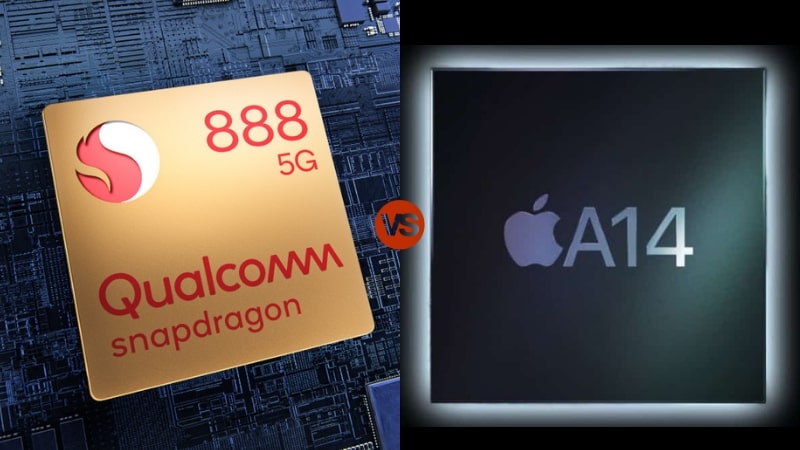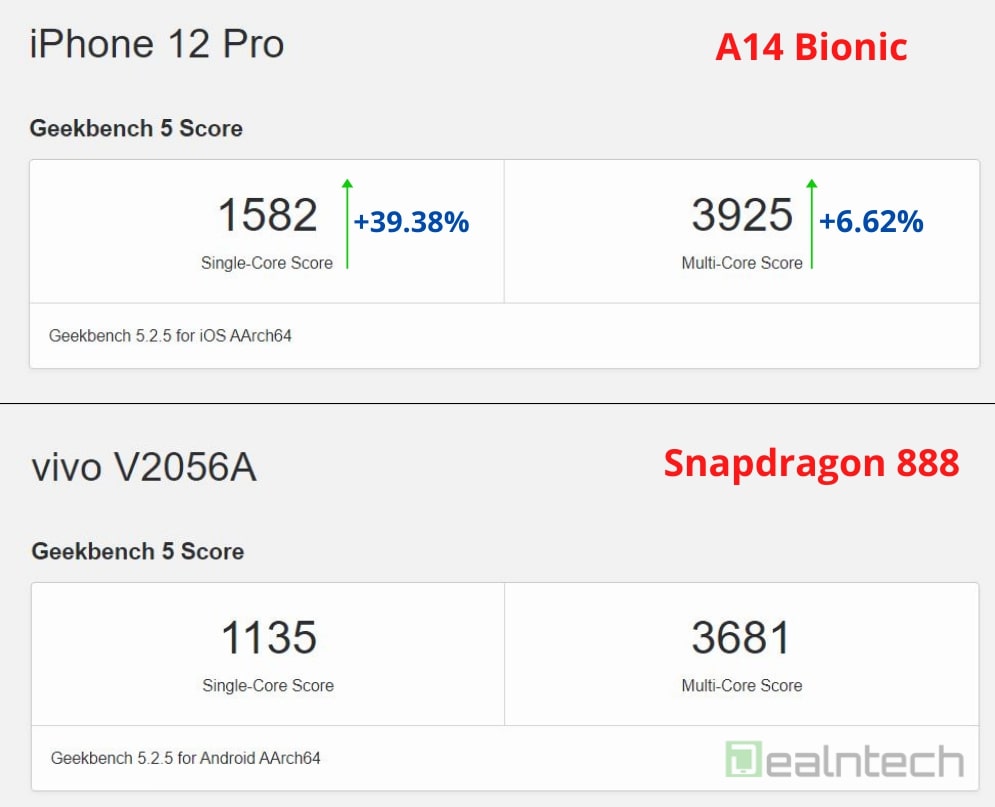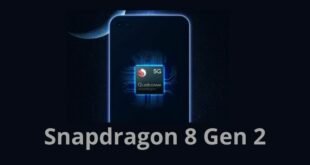Both Qualcomm and Apple have unveiled their flagship chipset to power 2021’s premium devices. Qualcomm’s flagship is dubbed as Snapdragon 888, while Apple has named its premium chip as A14 Bionic. They are great competitors in terms of CPU, GPU, AI, etc. The iPhone 12 lineup packs the latest A14 Bionic processor. On the other hand, Qualcomm’s next-generation chipset, Snapdragon 888, will power several flagship phones such as Xiaomi Mi 11 Pro, OnePlus 9 Pro, Samsung Galaxy S21 Ultra, etc. Hence, in this article, we have made a detailed comparison of both chipsets so that you can find out their pros and cons.
Snapdragon 888 vs Apple A14 Bionic
Manufacturing Process
The all-new Snapdragon 888 is built on a 5nm process from Samsung and is manufactured using 5LPE technology. Apple’s A14 Bionic is also built on a 5nm node. Since the size of the chipset is small, the no. of transistors will be high, and also it will have higher power efficiency. Therefore, in terms of the manufacturing process, both chipsets will likely be equally efficient. However, it will be exciting to see both in real-life uses.
CPU
Snapdragon 888 packs an octa-core setup (1+3+4) with a new architecture. The primary core is the all-new Arm Cortex-X1, followed by three performance cores of Arm Cortex-A78 and lastly joined by four power-efficiency cores of Arm Cortex-A55. As for the clock speeds, the Arm Cortex-X1 has a speed up to 2.84GHz, three Cortex A78 gold cores are run at 2.42 GHz, and four Cortex-A55 silver cores are clocked at 1.80 GHz.The L1 and L2 caches are doubled, and 4MB of L3 cache and 3MB of system cache are equipped in the CPU. The company claims that the Kryo 680 CPU will give a 25% performance boost and be 20% more power efficient than the predecessor 865. Moreover, if we compare the A78 with Cortex X1, the X1 tends to give 33% more instructions per clock, and the A78 can offer 20% more power than the A77. These improvements are huge for a mobile processor.
On the other hand, the Apple A14 Bionic processor has a Hexa-core setup (2+4) with two performance cores, and the remaining four cores are for efficiency. Apple has not revealed the frequency of the A14 processor, but the Geekbench listing suggests the A14 chip has a base clock speed of 2.99 GHz, which is 150 MHz higher than the Snapdragon 888.
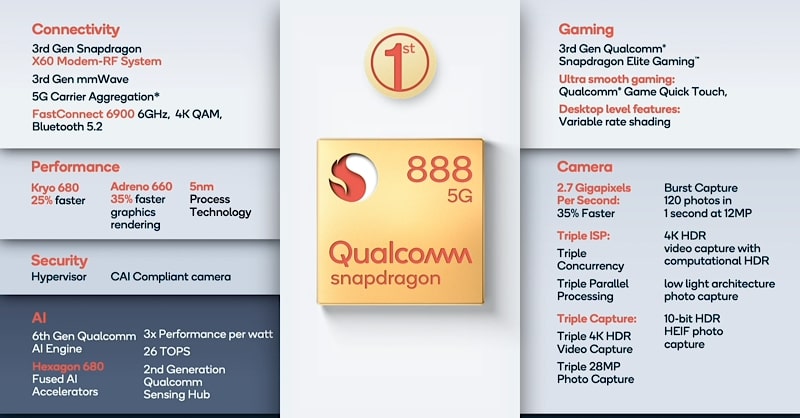
GPU
Regarding GPU, Qualcomm is offering the Adreno 660 in Snapdragon 888, which allows 35% faster graphics rendering. This GPU is manufactured in such a way that it can provide gaming at high frame rates and lower latency. Variable Rate Shading (VRS), which allows shaders to work on two or four pixels at a time instead of just one, was found in PCs and consoles earlier. Still, it is also integrated into mobile GPUs, and Adreno 660 is the first to achieve it. It will consume low power and will make the games run faster at higher resolutions without compromising the visual graphics. VRS can increase performance by up to 30%. The Andreno 660 supports up to 144 fps in gaming.
Another feature is the Game Quick Touch reduces latency by up to 20%. The feature is automatically applied when you play games at 120fps. Furthermore, the GPU supports 10-bit HDR and sub-rendering, and it can also improve the uniformity of OLED displays with Mura compensation.
On the other hand, the Apple A14 Bionic SoC features a four-core GPU design. It delivers a 30% higher GPU performance than the A12 and an 8.3% hike over the A13. The company said that the A14 chipset can provide two times faster graphics rendering than the select laptops of Apple.
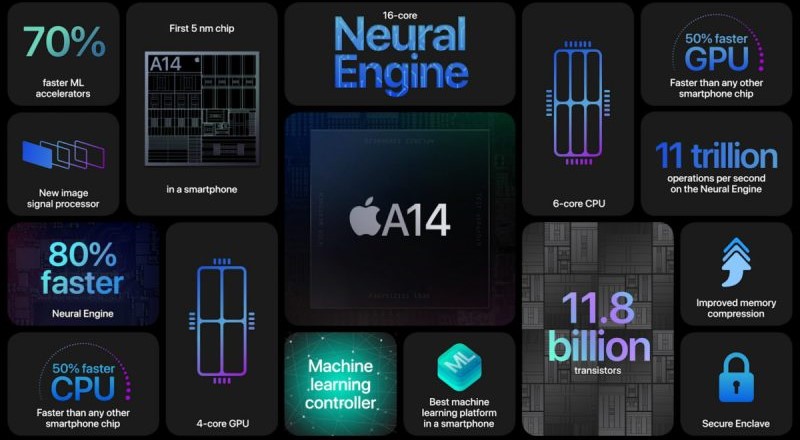
AI Performance
With Qualcomm Snapdragon 888, we get Hexagon 780 DSP and the 6th generation Qualcomm AI Engine. This combination offers 26 trillion operations per second (TOPS) AI performance, the highest on any mobile. The A14 Bionic processor packs a faster Neural Engine with 16-core architecture and 2nd generation Machine Learning Accelerators. It can deliver up to 11 trillion operations per second (TOPS) AI performance. So we can see that the Snapdragon 888 can offer better AI performance than A14 Bionic.
Which One is Better?
Talking about the Geekbench benchmark platform, we see that the A14 Bionic-powered iPhone 12 Pro has achieved 1582 points in the single-core score test and 3925 points in the multi-core score. The Snapdragon 888-powered upcoming Vivo V2056A device has scored a single-core score of 1135 points and a multi-core score of 3681 points.
We see 39.38% higher points in the single-core test and 6.62% higher points in the multi-core test than the Snapdragon 888’s scores. This is significantly higher than Qualcomm’s Snapdragon 888 chipset. So, on paper, we can say the A14 is a better processor than Snapdragon 888.
